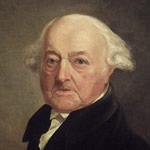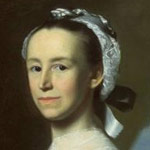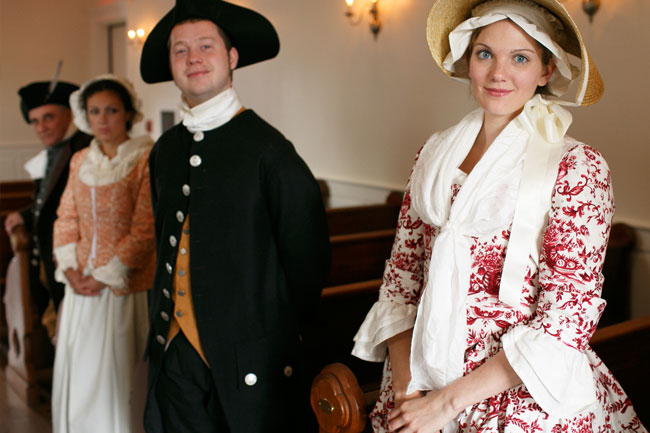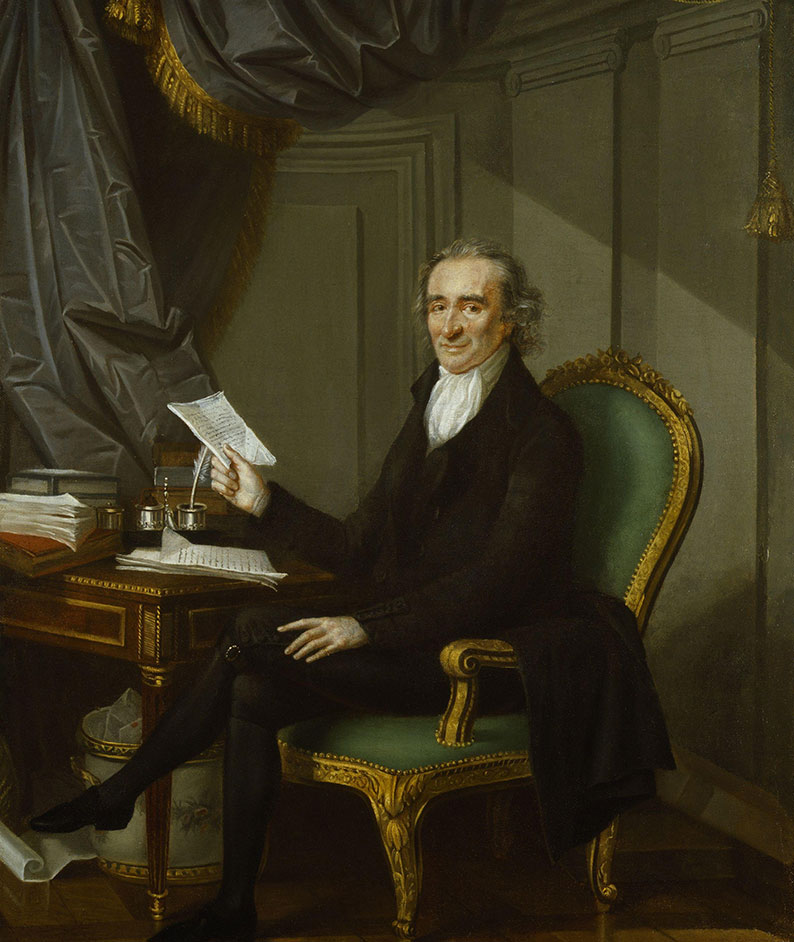Following his defeat to Jefferson, Adams returned to his family’s farm at Peacefield in Quincy, Massachusetts. Adams was delighted to return to the life of a simple New England farmer, he wanted nothing more, and nothing less. It was at the end of his presidency that Adams learned of the untimely death of his thirty year old son, Charles Adams, who died from complications arising from alcoholism. John Adams would never stop mourning the loss of his son, and neither would Abigail. But both Abigail and John were determined to carry on. In a letter to her son Thomas, Abigail wrote “For myself and my family, I have few regrets…I shall be happier in Quincy.”
While removed from public life, John Adams continued to write. He exchanged letters with his old friend Benjamin Rush, and through Rush, Adams would be reunited through correspondence with his old friend, Thomas Jefferson in 1812. The former presidents would exchange regular correspondence for the next fourteen years, until the two of them passed away in 1826. In addition to private correspondence, Adams did not shy away from dealing with the legacy of his career as a public servant. At the urging of his son, he undertook the task of writing an autobiography.





